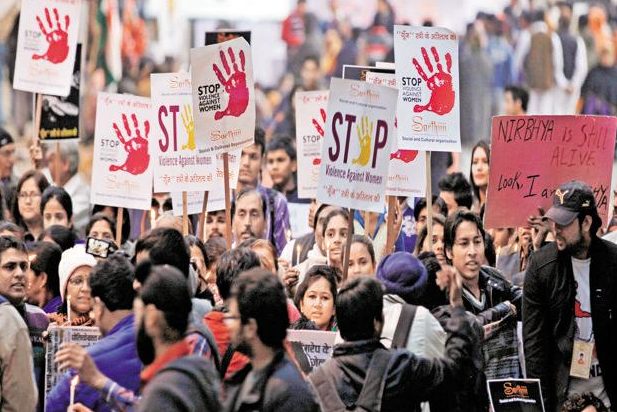It has been a reality all around us, and now a study confirms our worst fears. Yes, India is now the world’s most dangerous country for women, according to a poll conducted by the Thomson Reuters Foundation Annual Poll.
“Seven years ago a Thomson Reuters Foundation experts’ survey found the most dangerous countries for women were seen to be Afghanistan, Democratic Republic of Congo, Pakistan, India and Somalia. This year we set out to see if the situation had changed. We wanted to find out whether more was being done to address the overall risks faced by women, and specifically regarding healthcare, access to economic resources, customary practices, sexual violence, non-sexual violence and human trafficking. We expanded our poll to the 10 most dangerous countries with some surprising results”, the Thomson Reuters Foundation website said.
The six key areas were: healthcare, discrimination, cultural traditions, sexual violence, non-sexual violence and human trafficking.
India, which came fourth in the earlier poll conducted seven years ago, has topped in this year’s survey. With 1.3 billion population, the survey found India to be the most dangerous on three of the topic questions – the risk of sexual violence and harassment against women, the danger women face from cultural, tribal and traditional practices, and the country where women are most in danger of human trafficking including forced labour, sex slavery and domestic servitude, the report stated.
“Violence against women in India has caused national and international outrage and protests since the 2012 gang-rape and murder of a student on a bus in New Delhi. As India’s rape epidemic gets worst by the year, critics have pointed fingers at Prime Minister Narendra Modi’s government for not doing enough to protect women,” the report said.
It seems the situation has gone far worse over the past few years. The several heads on which questions were asked were the following:
“Health” standards were gauged on the basis of maternal mortality, lack of control over reproductive health, among others.
“Culture and religion” included issues such as acid attack, female genital mutilation, child marriage, forced marriage, female infanticide etc.
“Discrimination” includes job discrimination, lack of access to education, discriminatory property or inheritance rights and so on.
“Sexual violence” includes rape as a weapon of war, domestic rape, rape by stranger, lack of access to justice in rape cases.
“Non-sexual violence” included conflict related violence and forms of domestic physical and mental violence.
“Human trafficking” includes domestic servitude, forced labour among others,
The Thomson Reuters Foundation “contacted 548 experts focused on women’s issues including aid and development professionals, academics, health workers, policymakers, non-government organisation workers, journalists and social commentators.”
They were asked to name the five most dangerous countries from the 193 United Nations member states, and to name the worst country in each of the six categories mentioned above. The methodology and questions were the same in the poll done seven years ago. The ranking and results were produced in collaboration of Thomson Reuters Labs, a global team of data scientists and other experts in the field. The survey was done between March 26 and May 4 this year.
The other countries in the list in order are: Afghanistan, Syria, Somalia, Saudi Arabia, Pakistan, Democratic Republic of Congo, Yemen, Nigeria, and USA.
Statistics show that violence against women has increased in the past few years. Between 2012 and 2016, crime against women – rape, gang rape, sexual assault, dowry deaths, acid attacks, The total crime against women being 3,29,067, according to figures of the National Crime Records Bureau. This is nearly a 40 per cent increase in crime against women since 2012.
India may be showcasing itself as an industry friendly nation believing in women’s empowerment, a nation portraying healthy growth rate aiming to target double digit, but the stark reality of women’s safety is on a pathetic, shameful low.
(Cover picture representational)

